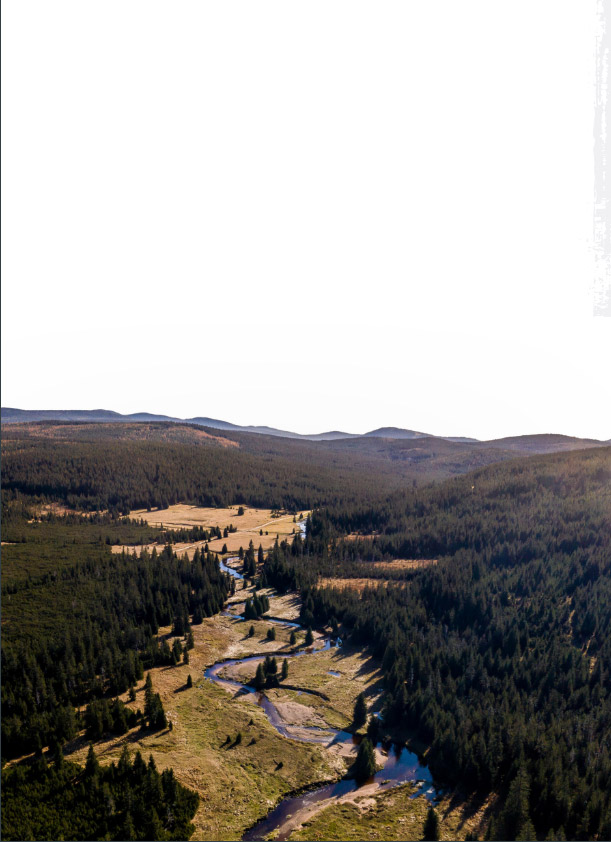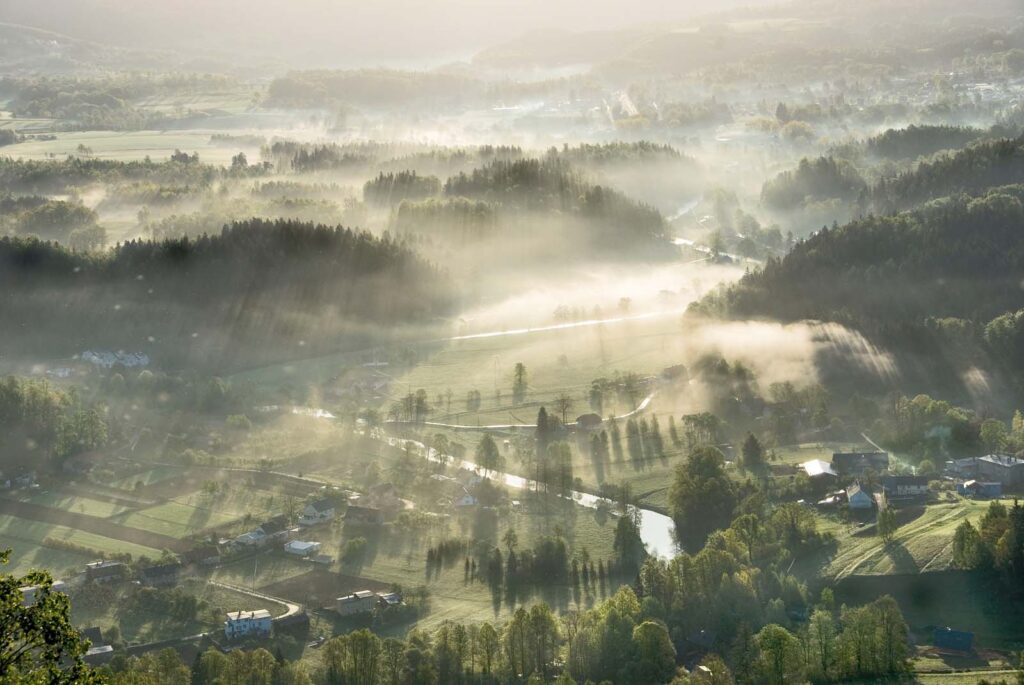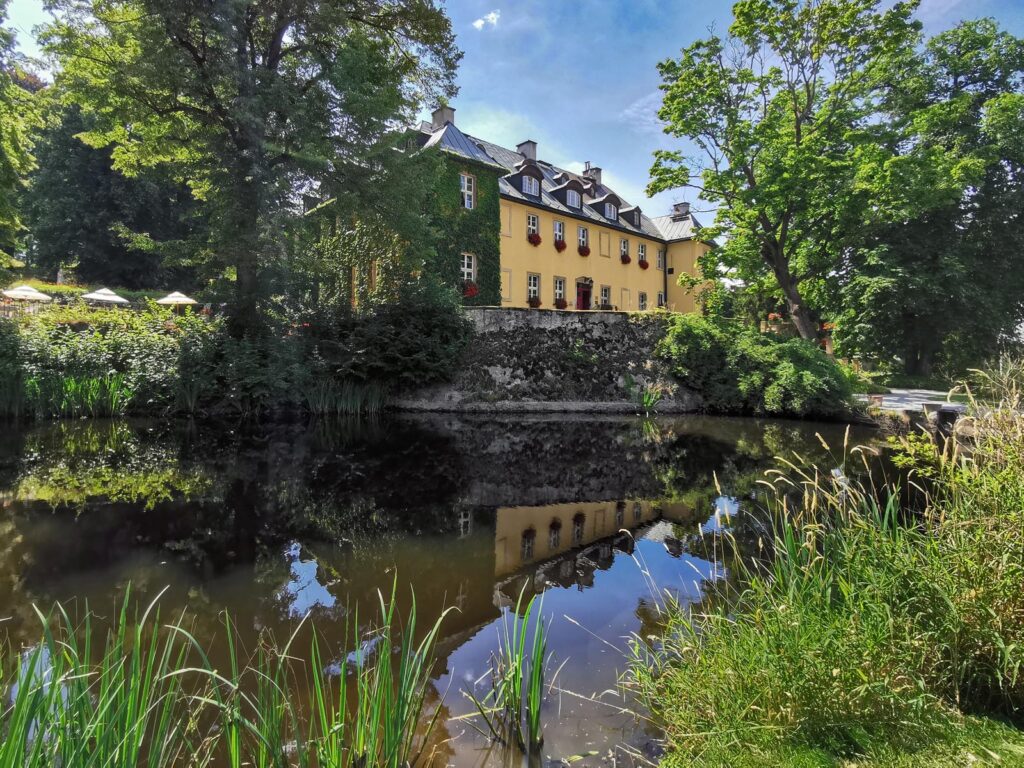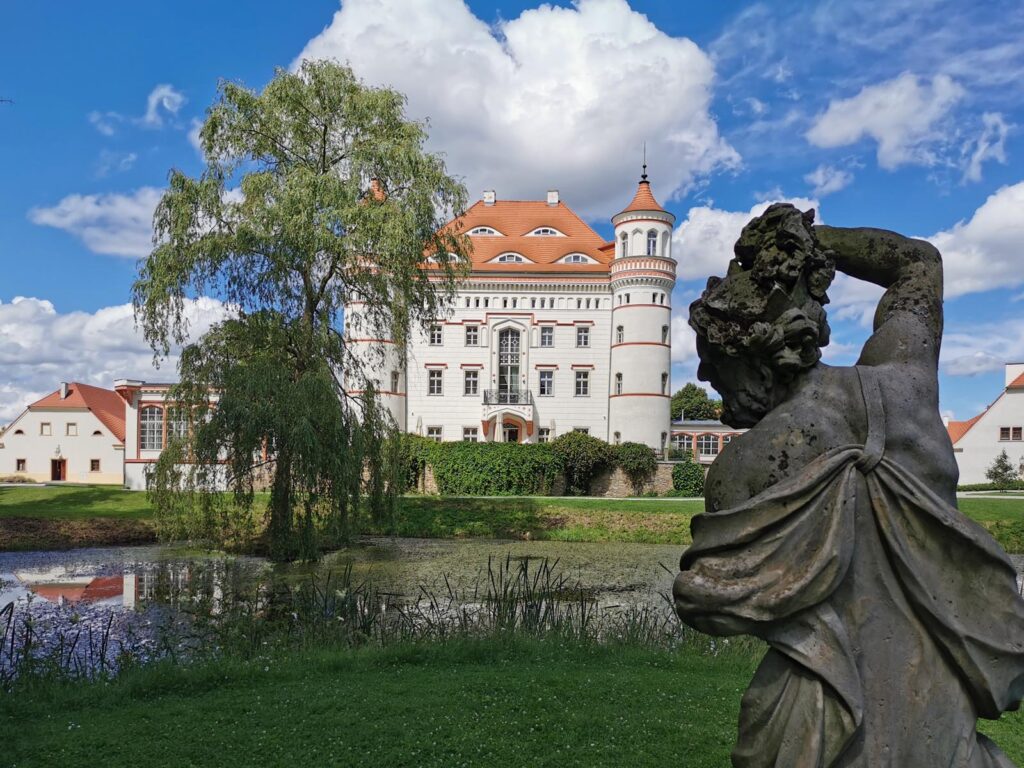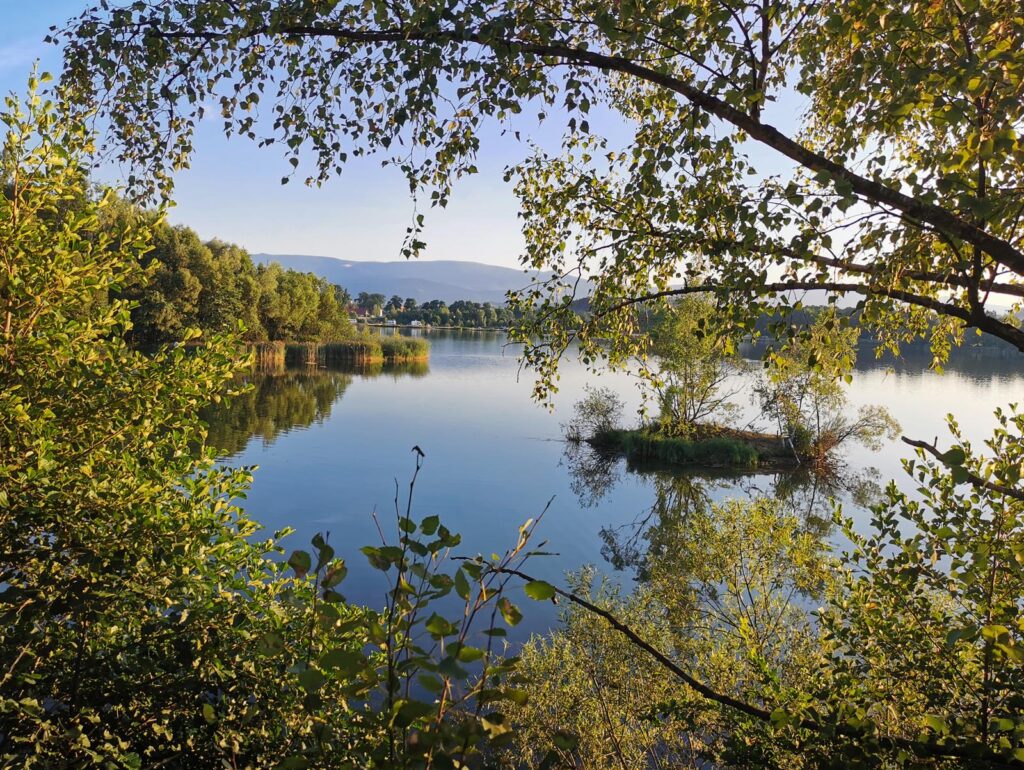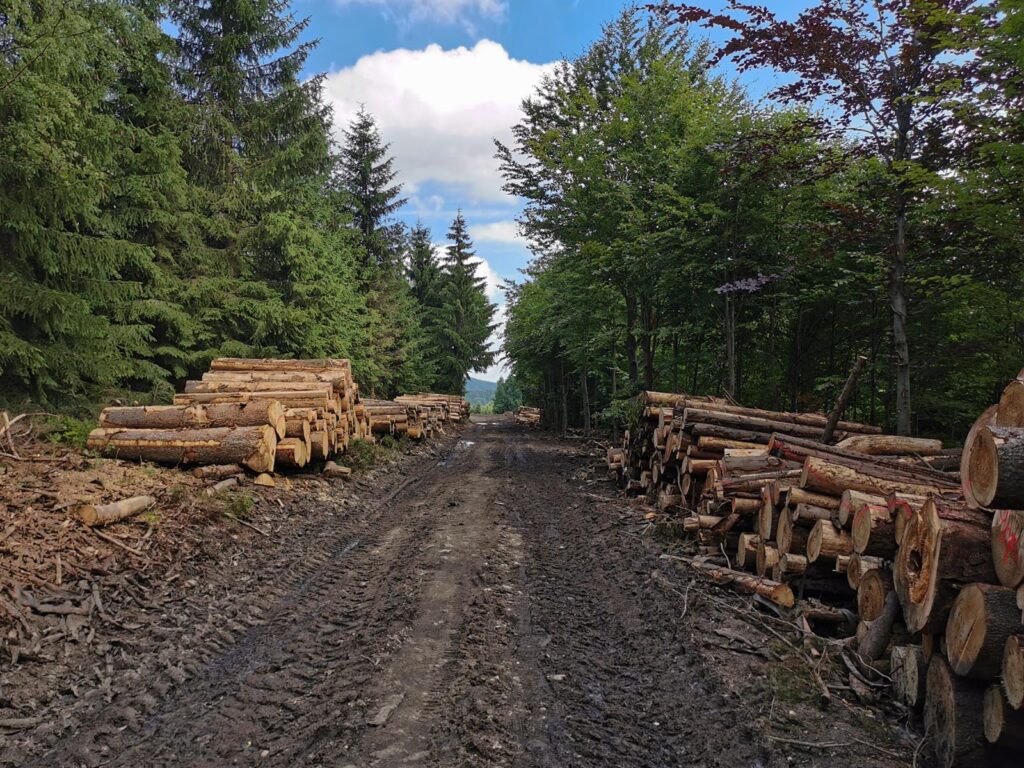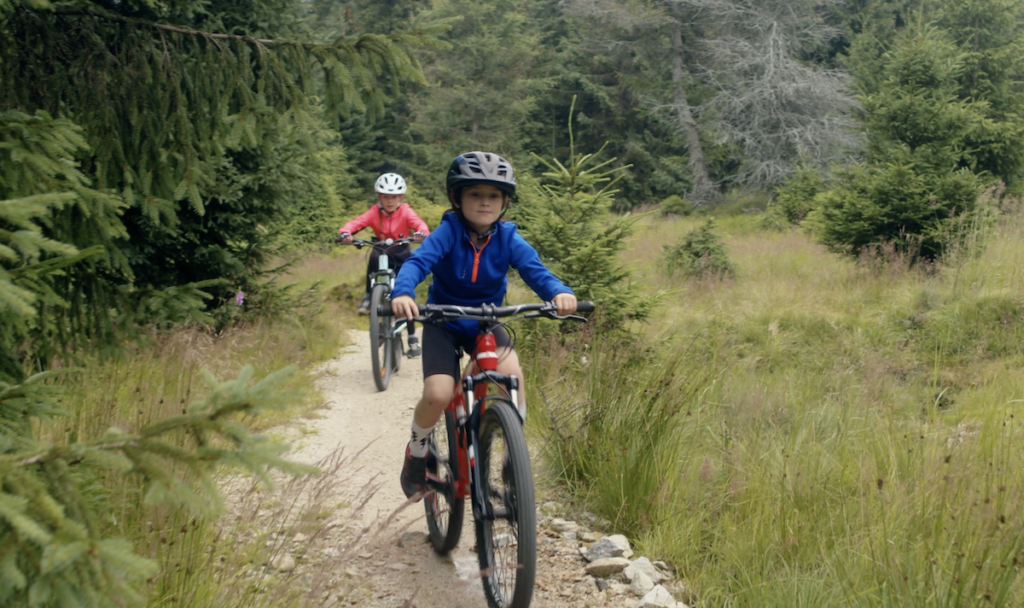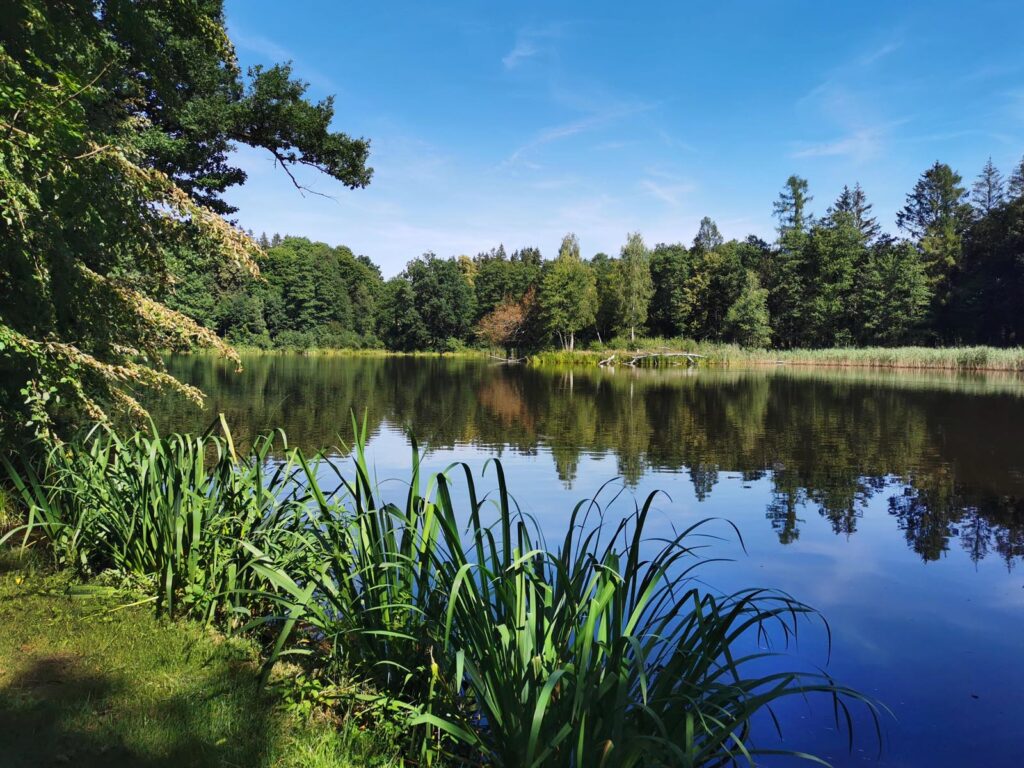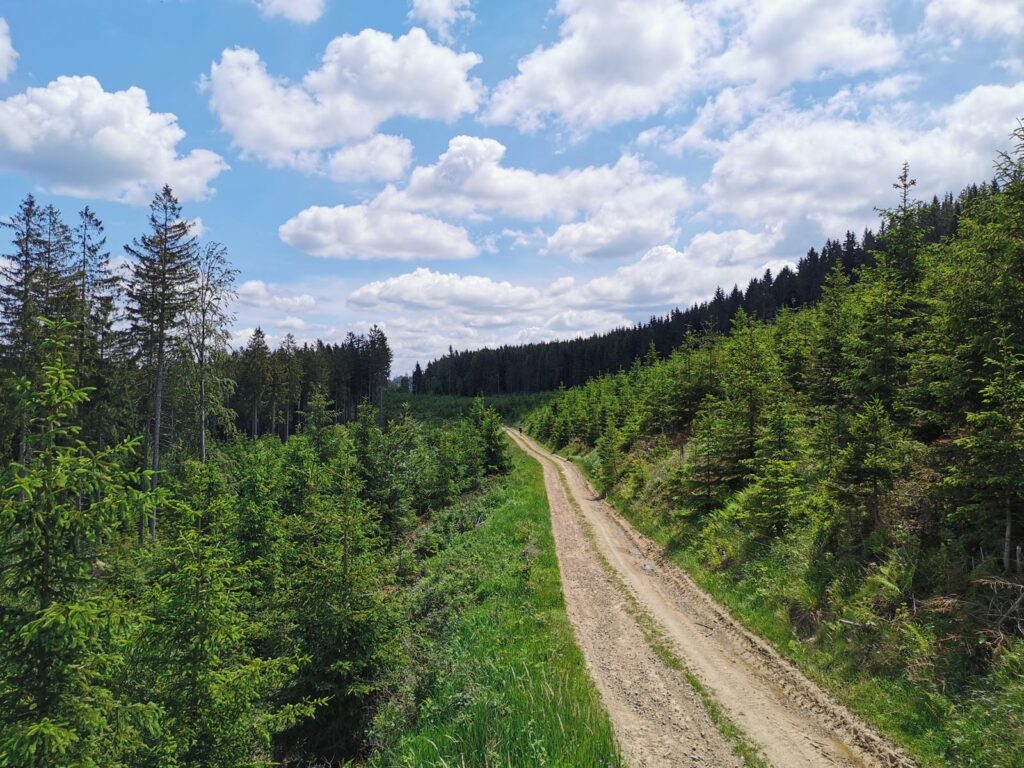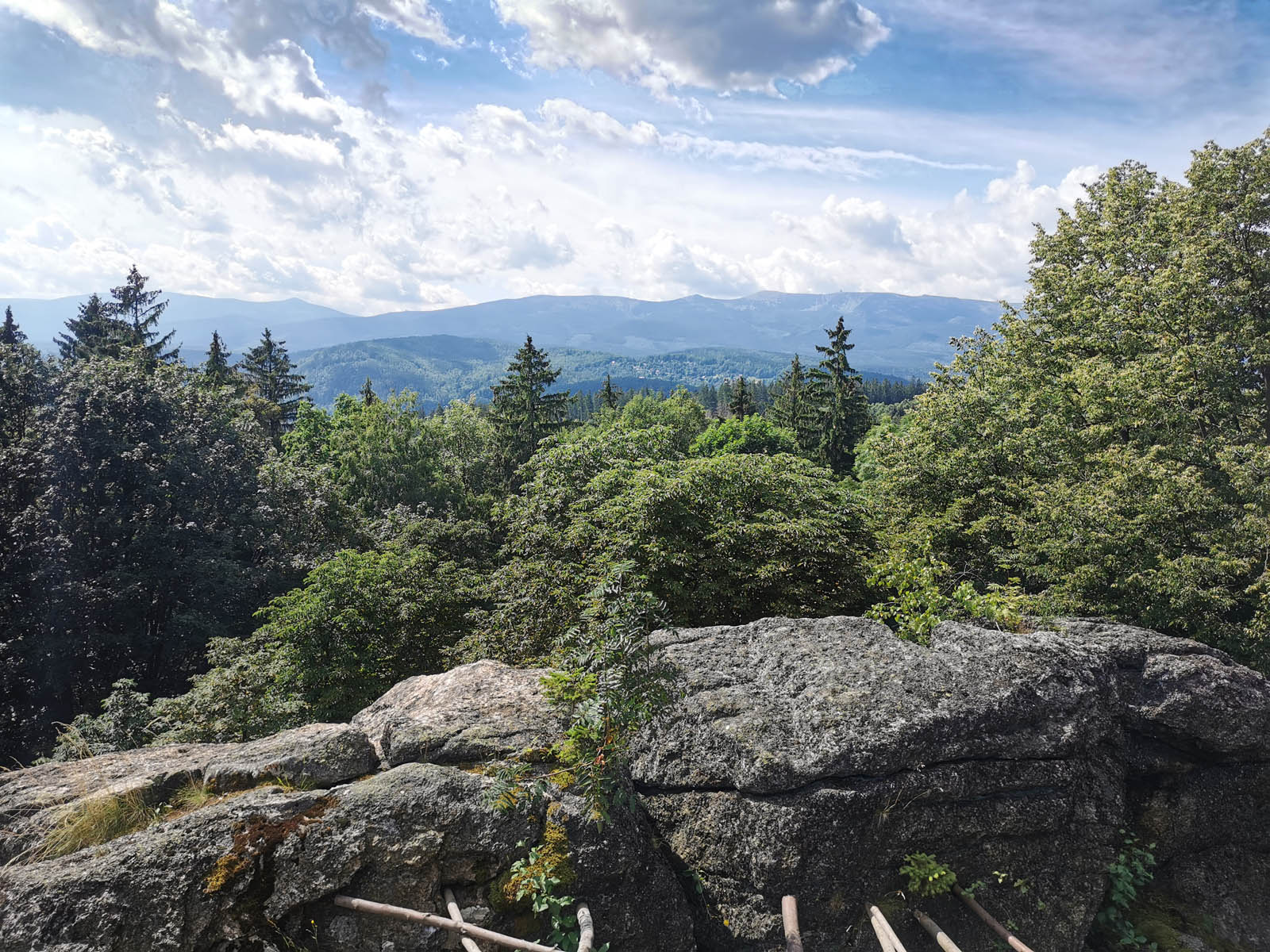
The Karkonosze Mountains and Jizera Mountains
The Karkonosze or Giant Mountains, the highest range of the Sudetes with Sniezka rising 1603 m above the sea level, have amazed people for hundreds of years and it is hard to believe that these mountains are so little known in Poland today. The Jizera Mountains with the Foothills are, in turn, the westernmost part of the Polish Sudetes. The picturesque, captivating Jizera landscape is dominated by wide valleys and hills with elongated, gentle slopes.

The wooded slopes of the Karkonosze Mountains, wide valleys and peat bogs captivating with their beauty encourage hiking and cycling trips or spending a few days in one of the guesthouses or agritourism farms.
Karkonosze
Forest-covered slopes of the Karkonosze Mountains, enchanting with their wide valleys and peat bogs, encourage hiking and cycling trips or spending a few days in one of the guesthouses or agritourism farms.
One of the most recognizable elements of the Giant Mountains landscape are amazing rock formations that emerge in the woods for up to twenty-five meters. In total, about one hundred and fifty rock groups and individual rocks form a unique on a national scale set of natural stone sculptures of various forms and heights, which, due to their fantastic shapes and associated legends, have taken individual names such as Pilgrims, Sunflower or Horse Heads.
The cirques, i.e. huge rock depressions surrounded on three sides by steep slopes, are also very impressive. In the Giant Mountains, the most spectacular are the two twin Snowy Cirques and the Cirque of the Great and the Small Ponds with the beautifully located Samotnia shelter. If we add numerous streams, waterfalls with the Kamienczyk Waterfall and Szklarka Waterfall and diverse fauna, among which wolves, lynxes or mouflons are worth mentioning, we get a wonderful, rich are ideal for summer or winter holidays.
However, the Giant Mountains are not only nature and landscapes but also a region full of architectural monuments and picturesque towns. It is worth visiting beautiful Jelenia Gora with Cieplice spa; Szklarska Poreba, chosen by the 3rd Channel of the Polish Radio for the Winter Capital of Poland, or Karpacz, known from the Wang Temple and frequently visited at any time of the year. Chojnik castle on the Chojnik Mountain near Jelenia Gora also looks spectacular.
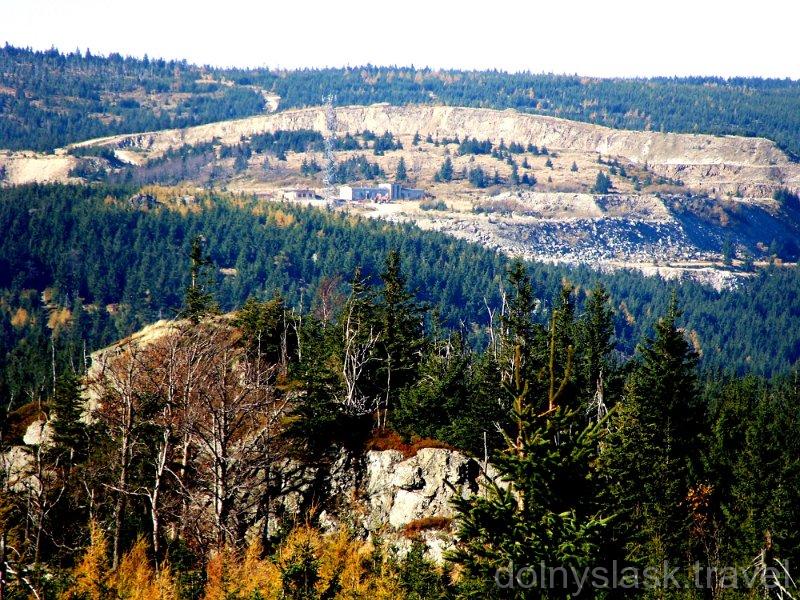
Izerskie Garby
Jizera Mountains
The Jizera Mountains and the Foothills are the most westerly part of the Polish Sudetes, through which borders with the Czech Republic and Germany run. The highest peak of the Jizera Mountains is Wysoka Kopa (1126 m a.s.l.), rising in the High Ridge. The picturesque and captivating Jizera Mountains landscape is dominated by wide valleys and hills with elongated, gentle slopes. The four most important rivers flowing through them are the: Izera, Kwisa, Kamienica and Kamienna with some rapid current sections characteristic of mountain rivers, in other stretches they gently meander in a typically flatland manner. Extensive peat bogs, the oldest of which are even 10,000 years old, are covered with many unique species of plants, protected thanks to four nature reserves: ‘Peat bogs of the Izera Valley’, ‘Crocuses in Gorzyniec’, ‘Grady near Posada’ and the forest-flower reserve ‘ Castle Mountain’ (‘Gora Zamkowa’).
The Jizera Mountains are attractive to tourists throughout the year. In winter, it is the mecca for cross-country skiers with a network of perfectly maintained routes on both sides of the border, accessible through tourist border crossings. In the summer it is a region where you can meet many cycling enthusiasts. Large areas of these mountains have the character of flattened tops and large tracts of almost level terrain, which gives excellent planning options for diverse cycling routes. Tourist traffic is concentrated in two towns: Swieradow-Zdroj and Szklarska Poreba, of which Jakuszyce with the famous Jakuszycka Glade are part.
It is also a region abundant in monuments. Worth seeing are the typical housing constructions in Lusatia, whose magnificent examples have been preserved in the vicinity of Zgorzelec and Bogatynia. Among others, on the market in Sulikow, we will find two charming wooden houses with arcades, which belong to the old market square. The old seats of knights and nobility, castles and their ruins are all worth visiting. For example: Gryf, Wlen, Siedlecin, Radomierzyce, Plakowice, Maciejowiec, or a beautiful example of the Italian Renaissance – the palace in Nawojow Luzycki. The mighty Czocha Castle, which served as the setting for numerous films, from war comedies to the screening of ‘Fanny Hill Diaries’, stands proudly with its monumental tower on the Lesnia Lake. Many surrounding towns are worth visiting. Lwowek Slaski, Nowogrodziec, Luban, Zgorzelec or Lubomierz, also known from the Kargul and Pawlak Museum and the Comedy Film Festival, to mention just a few.

